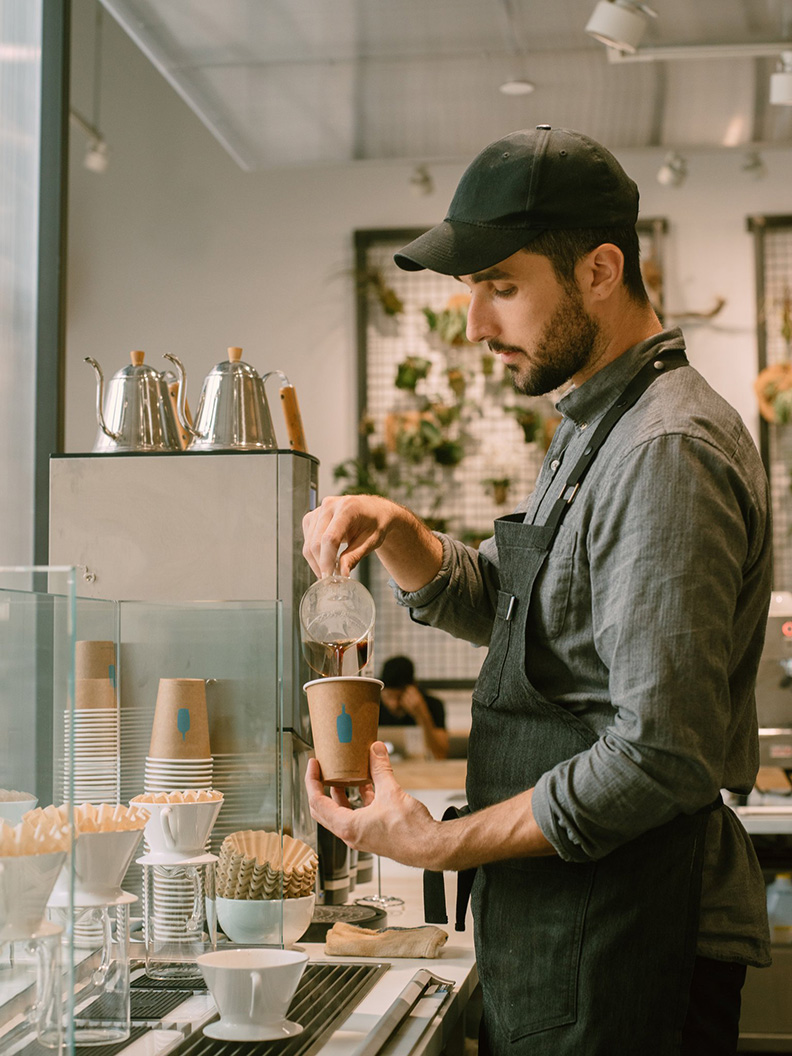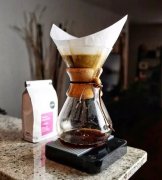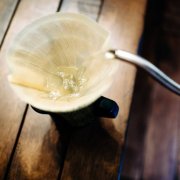Vivetta Nango Polsa Manor double-flow micro-batch European rules to wash Guatemala boutique coffee beans

For professional baristas, please follow the coffee workshop (Wechat official account cafe_style)
Guatemala Huehuetenango Finca La Bolsa Dos Rios EP
Guatemala Vivette Nango Polsa Manor double-flow micro-batch European rules
National Guatemala (Guatemala)
Producing area Vivette Nanguo (Huehuetenango)
Manor Polsa Manor (Finca La Bolsa)
Producer Peters Family (Vides family)
Treatment water washing treatment, natural drying
Varieties Bourbon (Bourbon), Kaddura (Caturra)
1400-1600 meters above sea level
Flavor description:
Dry aromas of orange and caramel, citrus, lemon and aftertaste of pomelo
Excellent performance in the sweet and sour feeling, the acidity is meticulous and comfortable, the whole is very clean and clear.
Vivette Nango is located on the border between Guatemala and Mexico.
The towering mountains and pristine rainforest environment are the best places to grow coffee
Many excellent Cup winning estates are concentrated here.
For example, the COE champion Injerto Manor can be said to be the birthplace of the champion.
Polsa Manor is next to Injerto Manor.
The quality of the production is indistinguishable from it.
It is often difficult to choose in all kinds of competitions.
In 1956, Dr. George Jorge Vides (Dr. Jorge Vides) bought this fertile land
Began his career of growing coffee
It is now the third generation of Mr. Renardo Ovalle to manage the estate.
The Peters family located the core of the manor in the Kuchu Matanes Mountains.
(Cuchumatanes) between river valleys
The two rivers in the valley pass through it.
Many daily institutions have been set up along the river bank.
For example: schools, farmhouses, hydroelectric farms,
There are also the most important raw bean washing and drying plants.
Out of about 100 hectares of land at present
80 hectares are used to plant coffee trees.
Use of organic compost and water sources produced by the natural environment
Most of the local coffee trees are 15 years old.
Trim 3 to 4 times a year
3 to 4 times of pest control and 3 to 4 times of fertilization
And harvest four times in the harvest season.
Unlike other Guatemalan estates,
Because the mountain is very steep.
All the work must be done by hand
Enhanced the quality of coffee.
But it also makes production work very hard.
In 2002, Polsa Manor won the second prize in the Excellence Cup in Guatemala.
Won the championship with a high score of 94.98.
In 2005, Polsa Manor was joined by Anacafe.
German channel DWTV chooses the protagonist of Vivetta Nango's coffee documentary
Shoot how to produce high-quality coffee in Guatemala
At present, it is widely known in coffee producing areas all over the world.
Everyone's taste is not necessarily what they like.
You can consider buying a small amount and trying different baking degrees.
Soy beans in an explosion
Drop the beans at the end of the explosion.
Drop the beans from the end of the first explosion to the second explosion.
Touch the beans under the second explosion.
Put the beans into the second explosion for 10-15 seconds
The second explosion of dense beans
I hope you bakers can find a more favorite flavor.
*
There's something I need to explain to you.
Coffee beans are agricultural products.
Will vary a little from year to year due to climate change.
If you feel a little different, please forgive me!
Consider other coffee beans next time.
*
The greener the appearance of raw beans, the more moisture.
During the baking process, if the temperature drops too low during an explosion, it may not be cooked enough.
It is recommended to reduce moisture before baking (can be insolated for a few days or use a dehumidifier)
The more whitening parts, the less moisture.
*
Some coffee beans are emerald green and have more flavor after baking.
Some are whitening and taste better after baking.
There are many skills in the baking process.
The same degree of baking but different curves of time and temperature
The taste is also slightly different, and everyone's favorite flavor is not necessarily.
You can try different baking degrees to see which one you prefer.
Important Notice :
前街咖啡 FrontStreet Coffee has moved to new addredd:
FrontStreet Coffee Address: 315,Donghua East Road,GuangZhou
Tel:020 38364473
- Prev

Description of flavor and flavor of diamond mountain boutique coffee beans in Panamanian jadeite manor
For professional baristas, please follow the Coffee Workshop (Wechat cafe_style) La Esmeralda Diamond Mountain Winey Panamanian Jade Manor Sun Diamond Hill country: Panamanian name: Emerald Manor Diamond Hill production area: Bogut Grade: SHB treatment: sun altitude: 1400-1700 m varieties: Tibika, bourbon, Kadui Diamond
- Next

Panama Berlinna Estate Sun-baked Coffee Bean Flavor Taste Aroma Description
Weixin Official Accounts cafe_style Panama Boquete Ruiz Berlina Caturra/Catuai Natural Panama Boquete Ruiz Berlina Caturra/Catuai Natural Panama Boquete Berlina Caturra/Catuai Natural Panama Boquete Berlina Caturra/Catuai Natural Panama Boquete Country: Panama Region: Boquete Elevation: 1600 m Treatment: Sunlight Grade: SHB Variety: Tibica Flavor Description
Related
- Detailed explanation of Jadeite planting Land in Panamanian Jadeite Manor introduction to the grading system of Jadeite competitive bidding, Red bid, Green bid and Rose Summer
- Story of Coffee planting in Brenka region of Costa Rica Stonehenge Manor anaerobic heavy honey treatment of flavor mouth
- What's on the barrel of Blue Mountain Coffee beans?
- Can American coffee also pull flowers? How to use hot American style to pull out a good-looking pattern?
- Can you make a cold extract with coffee beans? What is the right proportion for cold-extracted coffee formula?
- Indonesian PWN Gold Mandrine Coffee Origin Features Flavor How to Chong? Mandolin coffee is American.
- A brief introduction to the flavor characteristics of Brazilian yellow bourbon coffee beans
- What is the effect of different water quality on the flavor of cold-extracted coffee? What kind of water is best for brewing coffee?
- Why do you think of Rose Summer whenever you mention Panamanian coffee?
- Introduction to the characteristics of authentic blue mountain coffee bean producing areas? What is the CIB Coffee Authority in Jamaica?

